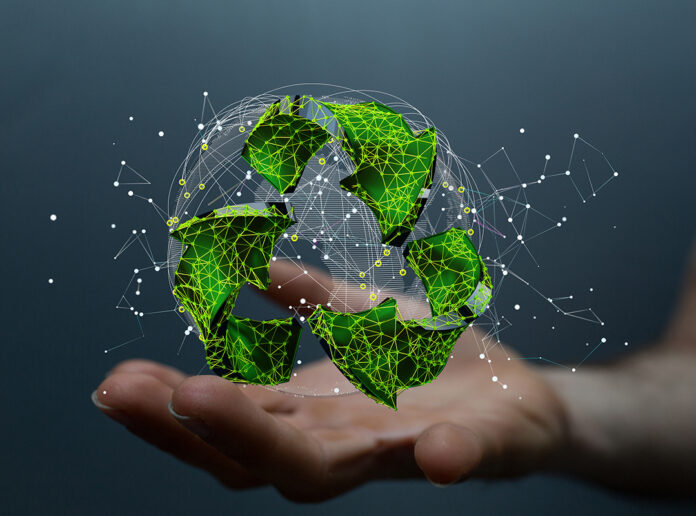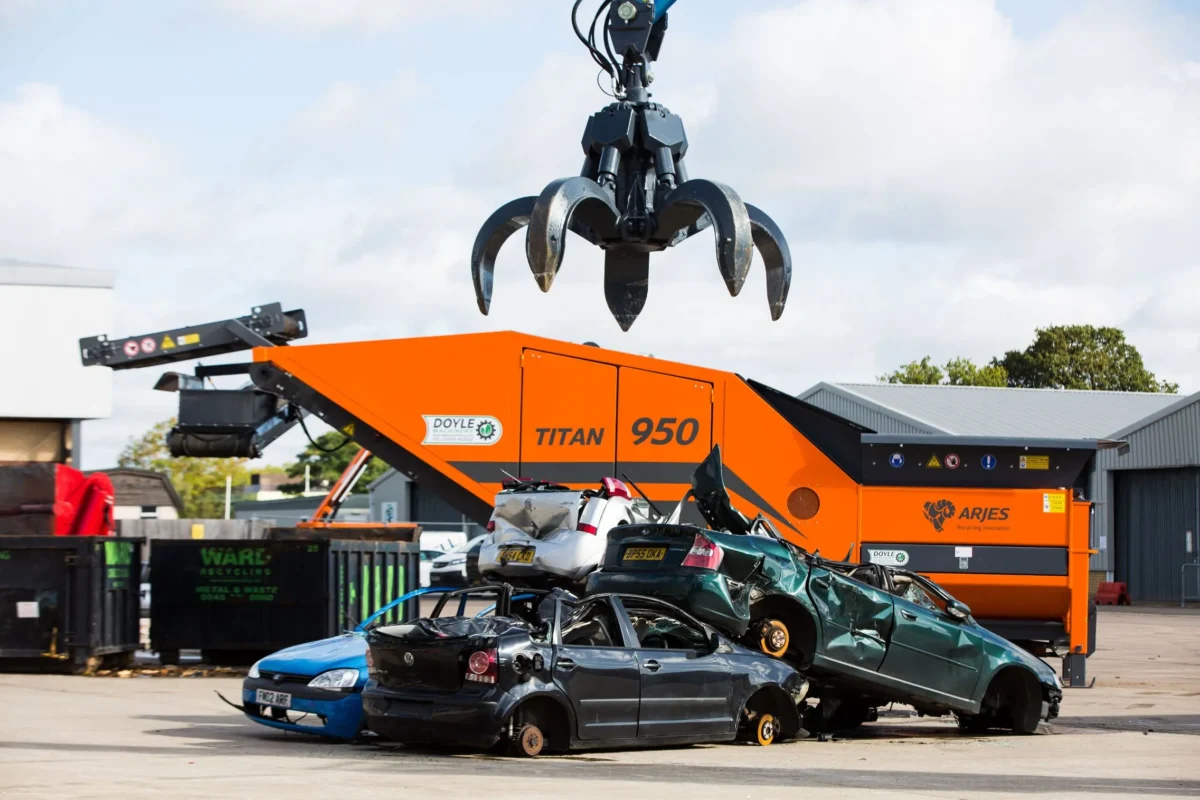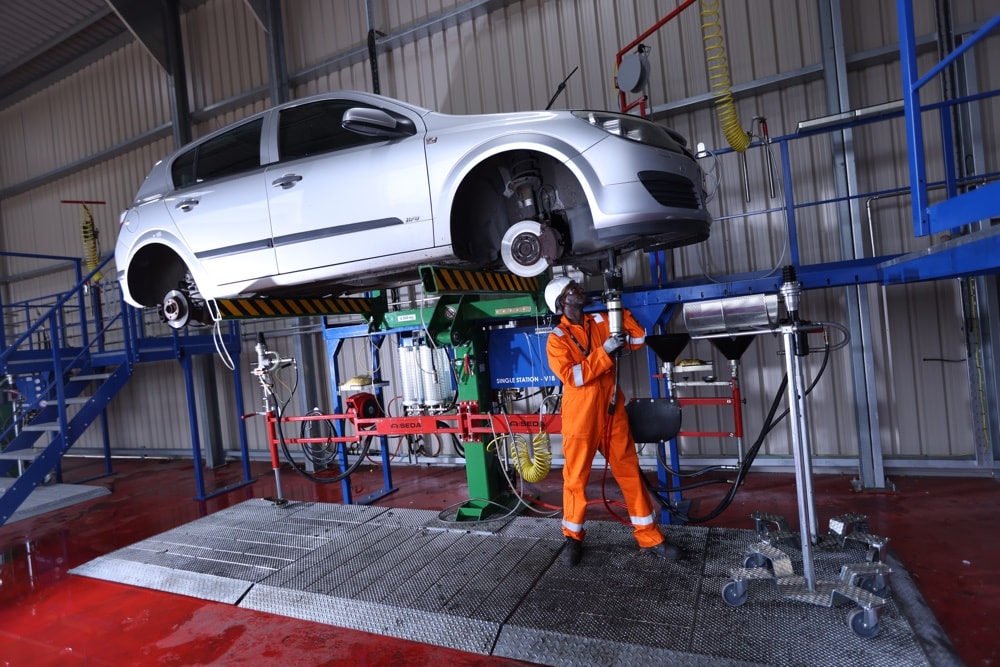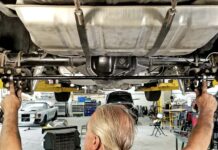
The automotive industry, a cornerstone of global manufacturing, has increasingly turned to plastics for their versatility, durability, and lightweight nature. However, the environmental footprint of plastics has necessitated a significant shift towards sustainable practices, with automotive plastic recycling emerging as a key initiative.
Understanding the Need

Automobiles are complex assemblies with a significant portion of their components made from various types of plastics. From dashboards to bumpers, and from door handles to engine parts, plastics are ubiquitous. The end-of-life disposal of these materials poses a significant environmental challenge, with landfills becoming the undesired final resting place for many vehicles. This situation underscores the critical need for effective recycling practices and you can learn more about it at 4plast.us.
The Recycling Process
Recycling automotive plastics is a multi-step process, starting with the collection and sorting of plastic parts. These parts are then cleaned to remove impurities and shredded into smaller pieces. The shredded plastic undergoes further separation based on type and color, and is then melted and reformed into pellets. These recycled pellets can be used to manufacture new plastic products, completing the recycling loop.
Technological Innovations

Technological advancements are pivotal in overcoming the complexities of automotive plastic recycling. Innovations such as improved sorting techniques, enhanced compatibility of mixed plastics, and advancements in chemical recycling processes have greatly increased the efficiency and effectiveness of recycling operations.
Economic and Environmental Benefits
Recycling automotive plastics offers substantial economic and environmental benefits. It reduces the demand for virgin plastic production, conserves valuable resources, and minimizes plastic waste in landfills. Moreover, it contributes to the circular economy, where materials are reused and recycled, leading to sustainable industrial practices.
Challenges and Solutions

Despite its benefits, automotive plastic recycling faces several challenges. The diversity of plastics used in automobiles, the presence of additives, and the difficulty in separating plastic components from other materials are significant hurdles. Addressing these challenges requires continued innovation, investment in recycling infrastructure, and development of new materials designed with recyclability in mind.
Policy and Regulatory Framework
Governments and regulatory bodies play a crucial role in promoting automotive plastic recycling. Policies that encourage the use of recycled materials, extended producer responsibility schemes, and stringent waste management regulations are instrumental in driving the recycling agenda forward.
Industry Collaboration

Collaboration among automakers, material suppliers, recycling companies, and policymakers is essential for the growth of automotive plastic recycling. Joint efforts can lead to the development of standardized materials, design for recycling principles, and efficient recycling networks.
The Road Ahead
Looking to the future, automotive plastic recycling is set to become an integral part of the automotive industry. Continued innovation, supportive policies, and collaborative efforts are key to overcoming current challenges and unlocking the full potential of recycling. As the industry moves towards sustainability, automotive plastic recycling will play a pivotal role in shaping a greener, more sustainable future.
Summary
Automotive plastic recycling is a critical endeavor in the quest for sustainability within the auto industry. It offers a pathway to reducing environmental impact, conserving resources, and fostering a circular economy. Despite the challenges, the combined efforts of technology, policy, and industry collaboration are paving the way for a more sustainable automotive future.








